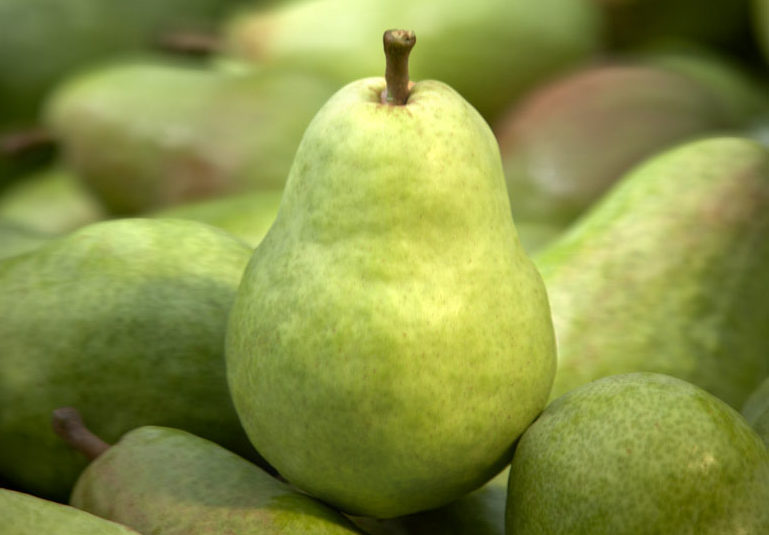Coming off of a particularly challenging year, I know that so many of you are ready to charge into 2021 on the front foot when it comes to your nutrition.
That’s precisely why I’ve teamed up with USA Pears to help inspire you to utilize pears as a tool to help make this year your healthiest yet.
But how much do you really know about pears and all of the unique nutritional benefits they have to offer?
Today’s article will be your launching point, and I’m thrilled to be guiding you towards a better understanding of the part USA pears have to play in improving your health.
USA Pears In The Canadian Context
USA pears play a unique role for Canadians as approximately 70% of pears that are imported to Canada actually come from the US.
Pear season in Canada is over, and the importation of USA pears plays an important role in filling this gap when locally grown options are unavailable.
The most common varieties, many of which you will have encountered at your local grocer, include Bartlett, Bosc, Anjou and Comice.
They represent 96% of the pear imports to Canada, but can you guess which variety Canadian consumers like best?
It’s actually the Green Bartlett (pictured below) that 60% of Canadian consumes identify as their favourite.
The Green Bartlett is finished for the year in Canada but will continue to be imported from the US and still be widely available.
You learn something new every day, right?
Now let’s get to the good stuff!
USA Pears And Your Health
A medium-sized pear is considered a serving of fruit and we know that multiple studies from acclaimed scientific journals including the British Medical Journal and Lancet have demonstrated that regular fruit intake is associated with a health, longevity and a reduced risk of disease.There are several unique nutritional characteristics of pears, outlined below, that help explain these types of findings.
#1 Potassium – A medium sized pear contains approximately 4% of your daily potassium intake. Potassium is a nutrient that some Canadians fall short in and is very important for blood pressure regulation and overall cardiovascular health.
#2 Fibre (Soluble) – In addition to generally being an excellent source of satiating dietary fibre (containing 6 grams -21% of your daily intake per serving), pears happen to be one of the relatively few foods that are high in what is known as soluble fibre.
Soluble fibre, found in the form of pectin in pears, is particularly effective at lowering blood sugar and blood cholesterol levels.
Soluble fibre is also known to be particularly beneficial for gut health and may help reduce constipation.
Keep in mind that in order to maximize the amount of fibre you get from your pears, you must include the skin – which is also a rich source of antioxidants.
#3 Antioxidants – The skin of pears are particularly rich in antioxidant compounds known as flavanols. The word antioxidant is much more than a nutritional buzz word, however, with studies demonstrating that people with diets rich in these compounds tend to have a lower risk of diabetes and heart disease.
#4 Vitamin C – A medium pear contains 8% of your daily vitamin C requirement, a fact which is particularly relevant to vegans/vegetarians because vitamin C helps absorb the plant-based iron found in foods like nuts, seeds and grains.
It’s for this reason, among others, that a pear with a handful of nuts makes a delicious and satisfying snack any time of the day.
If you’re looking for more fun ways to work pears into your daily routine, the USA Pears recipe database has some seriously impressive options.
Keep your eyes peeled on my blog as well, as I will be dropping a pear-inspired recipe of my own next month.
Final Thoughts
Are you ready to make USA pears a bigger part of your plans for 2021?
I truly hope you guys have enjoyed today’s pear-inspired nutrition content, there will be plenty more on the way in the weeks to come as my collaboration with USA Pears continues.
Like I said, look out for an epic recipe in my next pear-inspired post.
Until then,
Andy De Santis RD MPH



